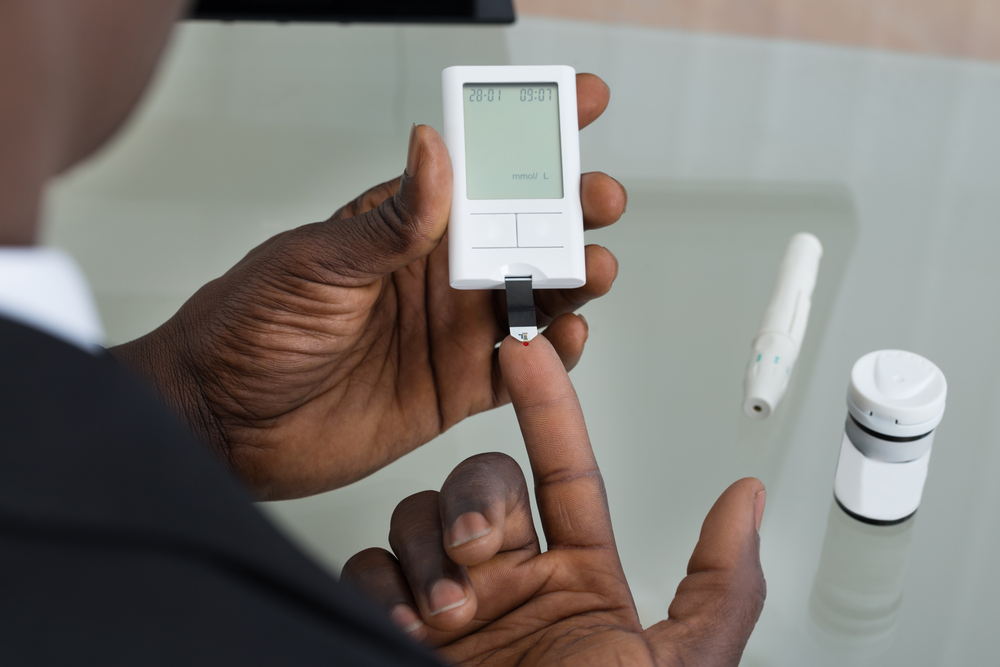General tips

You can still exercise and do the sport you enjoy if you have type 1 diabetes. You’ll just have to take some extra steps to make sure you do it safely. Here are some of our top tips:

Hot weather
Warmer temperatures can also cause insulin to be absorbed faster as your blood flow is increased.

Injection sites
If you inject insulin into an area of the body (such as the leg) and start to exercise that limb, the insulin will be absorbed a lot faster and will start to lower your blood glucose level. This can put you at risk of a hypo.

Keep drinking
Staying hydrated is very important whether you have diabetes or not. High blood glucose levels can cause dehydration as your body will be trying to get rid of the excess glucose by passing it out in your urine, leaving you dehydrated.

Keep checking your blood glucose
It is especially important to do this while you are exercising as you can’t simply rely on what your body is telling you. Feeling hot, sweaty, tired or out of breath could all be related to abnormal blood glucose levels, but they could also just be a result of strenuous exercise.

Keep an exercise diary
It is useful to keep an exercise diary and make a record of exercise, food intake and insulin. You can then look back the next time you do the same exercise, and see if your changes were successful and you maintained stable blood glucose levels.

Performance
Your performance and how much you enjoy your exercise session can be affected by your blood glucose levels. If they are high it can cause cramp, fatigue, poor concentration, and headaches. It might be tempting to allow your blood glucose to run high in order to prevent a hypo but you can see that this may bring its own problems.
Safety guidelines
- Whenever blood glucose is above 13 mmol/L, you must check for ketones, and if present, do not exercise but follow the sick day guidance (see later in the course).
- If you combine drinking alcohol with an activity you are at an increased risk of hypoglycaemia.
- As you may be at an increased risk of hypoglycaemia during exercise, it is essential to ensure that you always carry treatment options. Some physical activity (such as fast sprinting), or in some situations when there is not enough insulin on board, your blood glucose level can increase during exercise and you may begin to produce ketones.



Leave a Reply
You must be logged in to post a comment.